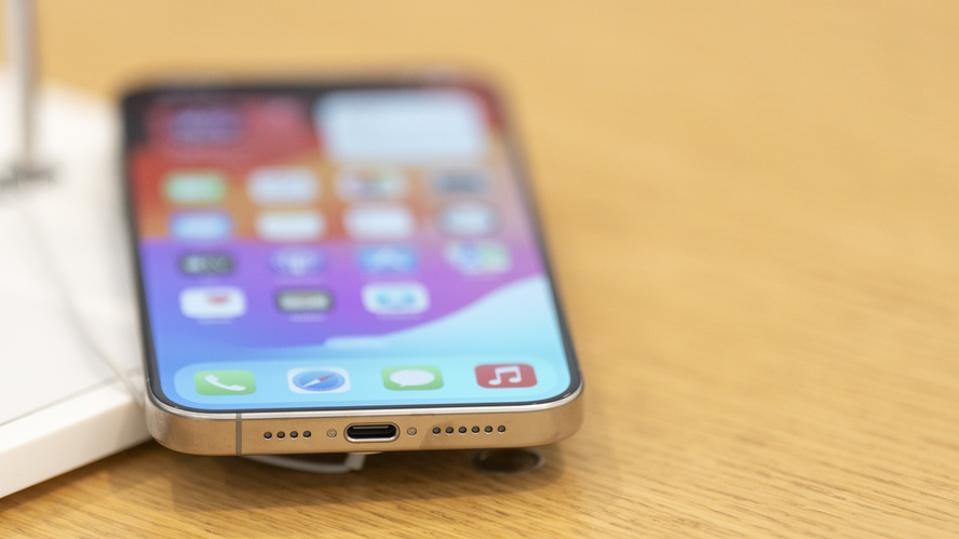Updated April 1: article originally posted March 30.
Thanks to several leaked peripherals, Apple’s design for the next iPhone is becoming clear. We can see not only Apple’s design choices for the iPhone but also how Apple plans to integrate the iPhone with its marquee Apple Vision Pro headset.
Update: Monday April 1: As well as the Apple Vision Pro changes, we have details on the battery upgrades Apple will offer consumers of the new iPhone.
Backing up previously discussed data, details on the battery capacity of the four upcoming iPhone 16 models reported by the team at BGR. The iPhone 16’s capacity will rise to 3,561 mAh, against the current iPhone 15’s 3.349 mAh; the iPhone 16 Pro will increase to 3,355 mAh, and the iPhone 16 Pro Max to 4,676 mah. Meanwhile, the iPhone 16 Plus will drop slightly compared to the iPhone 15 Plus.
While the battery capacities of three models have risen compared to previous generations, the increases are small, on the order of a few percentage points. While Apple has improved both capacity and the materials used, the company prefers to prioritise power over endurance, with iPhones typically matching previous models’ runtime with more available processing power, as opposed to using some of the capacity rise to extend the life of the average iPhone.
Notably, Apple does not list the capacity of its batteries in the specifications; instead, it prefers to cloak the performance with emotive phrases such as “up to 26 hours.” I’ve no doubt that Apple will continue to use this style, leaving a direct comparison with the official specifications to older iPhones or the Android-powered competition impossible for the average consumer.
The latest details regarding the iPhone design come from the case manufacturers. As part of the development process, once the external dimensions and controls are locked in, dummy units are sent to peripheral manufacturers to allow them to check fit and work with, if not actual hardware, hardware as close as Apple will hand out.
A set of cases for the iPhone 16 have been pictured and published by noted tipster Sonny Dickson. The case itself is relatively non-descript, with a black plastic bumper around the side and what looks to be a clear TPU back panel. But it does confirm one key feature of the upcoming iOS-powered smartphone.
The cutout for the camera island at the rear of the iPhone will only allow for two lenses to be stacked vertically ( with a smaller cutout for the camera flash. This backs up previous leaks that showed Apple moving away from the diagonal alignment to what we see here.
Apple’s decision has a wider impact than just the picture quality on the iPhone. When the iPhone is moved into landscape mode to take the traditional video style, the two lenses are now in line with each other, much like a pair of human eyes. Throw in some smart data capture, and you have a stereoscopic video.
While the iPhone may not play back a 3D video on its 2D screen, Apple has invested a significant amount of time and energy in the Apple Vision Pro, a device that not only can play stereoscopic videos but is specifically set up to play back stereoscopic video recorded on compatible devices.
The upcoming iPhone 16—and presumably the iPhone 16 Plus—will be one of those compatible devices. If you are Apple and trying to build a case for mixed reality computing as a useful tool and locking consumers into Apple’s system, then this upgrade is arguably the most important of all the iPhone 16 upgrades.
Apple’s brand is all about aspiration. Even if someone doesn’t own an Apple Vision Pro today, many in the community believe they might own one in the future. In that case, why not get a smartphone that captures video to watch back in virtual reality?
Now read the latest iPhone, iPad, and Mac headlines in Forbes’ weekly digest of Apple headlines….

